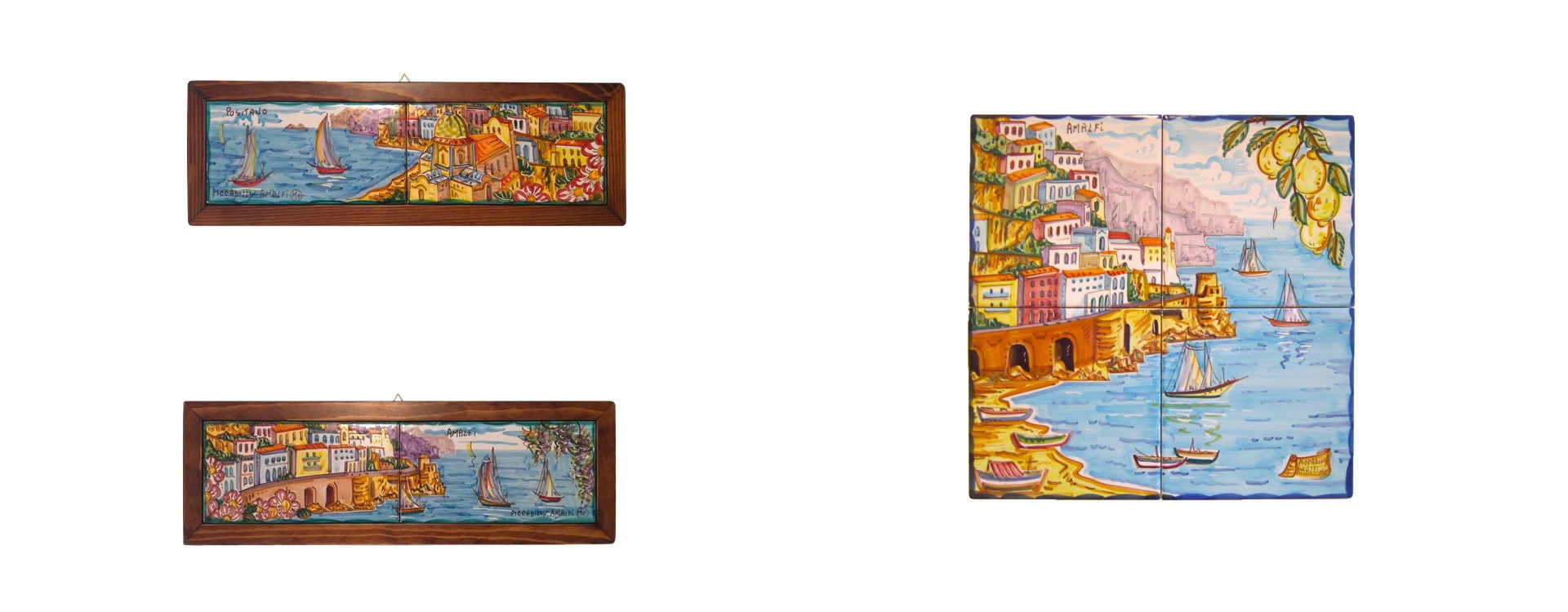Italian Tiles: an Historical Tradition

The word tile has its first origin from the latin word “tegula”, meaning a roof tile composed of fired clay. Only later it was adopted by the french language as “tuile” giving origin to the modern word.
The ceramic tile is composed of three materiales: clay, sand and water.
These materials can be molded in two shapes square or rectangular and then baked in a kiln to remove most of the moisture.
Tiles: the History Behind a Masterpiece
The tiles have a long history; their first use is to search in the ancient Egypt with glass tiles.
At a later time, in 2004, at Wittenham in Oxfordshire, were also discovered Roman roof tiles.
In the Middle Ages italian tiles began to be used; the ceramic tile became a useful architectural medium for decoration of walls and floors in religious and public buildings (such as monasteries and palaces).
The tiles have their origin as a local handcraft, made by fattening the clay and cutting pieces into shape. This skill disappeared with the dissolution of the monasteries and was not revived until the Victorian era of the 19th century.
As a result of the Industrial Revolution, the manufacture of both wall and floor tiles, during Queen Victoria’s reign, began to be mass-produced and were used in many public buildings, churches, shops and houses for their functional properties and decorative effect.
The tiles, were mostly hand-decorated majolica.
Italian majolica handcrafters, following the islamic and moresque styles, developed new styles.
Tiles then were used in representation of large biblical and historical scenes until the In 1980s when tiles had become an industrial product.
Piccadilly Tiles: a Multicolour Wall
Piccadilly has 14 different styles of ceramic tile, all representing different viewpoints of the Amalfi Coast.
Main subjects are the sea, the sky and the lemons; their shades mix in beautiful landscapes.
The tiles are like portrait and it seems inviting its admirer to become part of the scenery.
The first two tiles have a really dark blue sky, a turquoise sea and coloured houses with shades of orange, white and light pink.
Then Piccadilly has ten framed tiles with a lighter blue sky. The frame gives more prominence to the colours of the painting. Then 2 sets composed of four tiles and 2 sets composed of 6 tiles, which put together complete the Amalfi Coast scenery.
The framed and sets tiles have different lights and colours if compared to the other two.
Feel everyday as you are on the Amalfi Coast, look at the sea that meets the sky in a multiple shades of blue, decorate your wall with Piccadilly ceramic tiles.
For more info about our tiles please contact us.
Lenny faces are short character strings that describe emotions and make your text stand out.